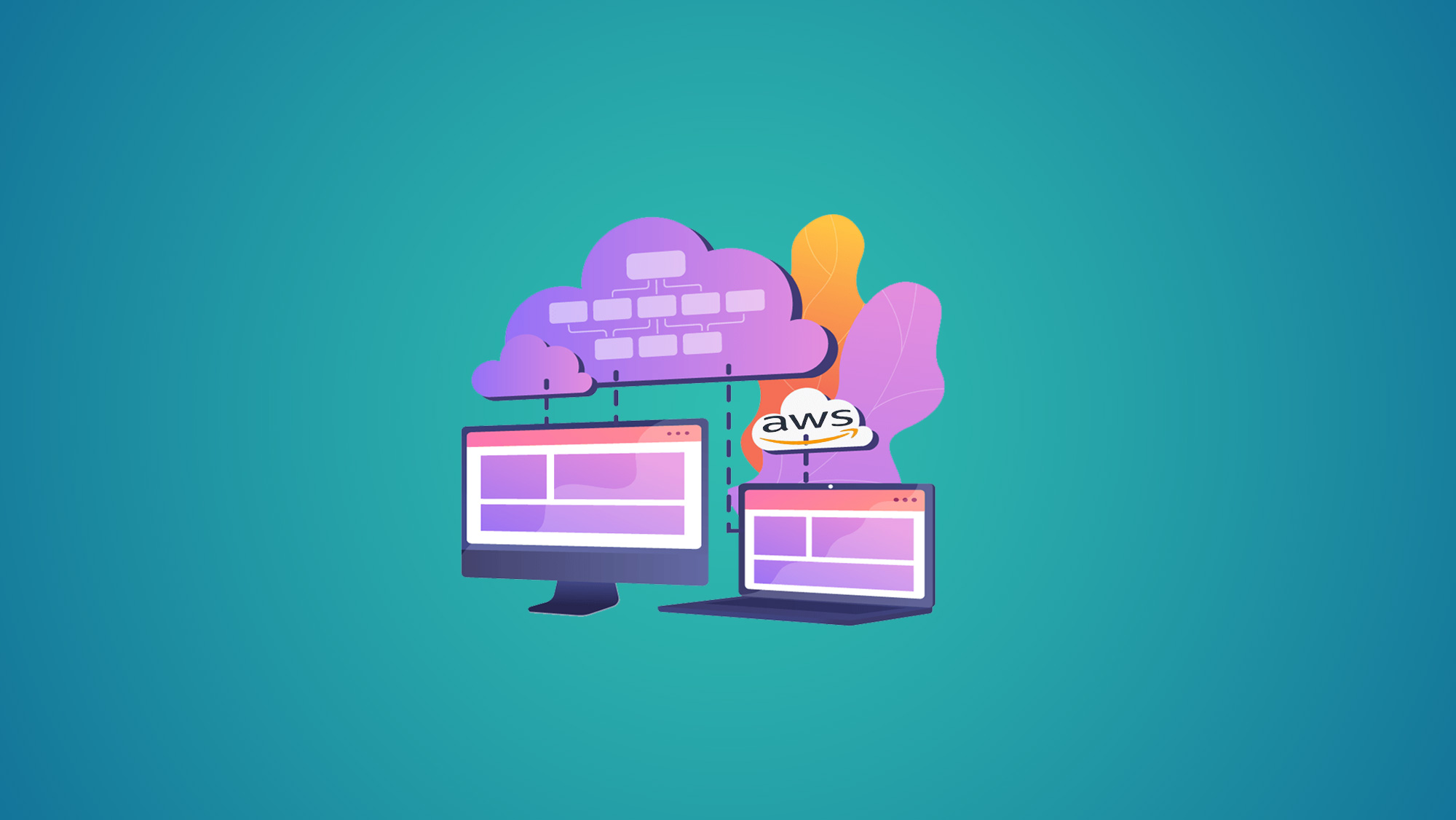Accelerate Your Cloud Migration: Essential AWS Training Programs
Introduction:
As organizations increasingly move their infrastructure and applications to the cloud, AWS has emerged as a leading choice for cloud migration. To accelerate the cloud migration process and ensure a successful transition, essential AWS training programs are crucial. In this blog, we will explore how these training programs can empower individuals and organizations to expedite their cloud migration journey, gain proficiency in AWS services, and optimize their cloud infrastructure.
1. Understanding AWS Cloud Migration:
Begin by understanding the fundamentals of cloud migration and its benefits. Explore the key drivers behind cloud migration, such as scalability, cost-efficiency, and improved agility. Learn about the different migration strategies, including lift-and-shift, re-platforming, and re-architecting, and understand when each strategy is appropriate.
2. AWS Cloud Practitioner Certification:
The AWS Cloud Practitioner Certification serves as an essential foundation for cloud migration. Explore the training program that covers AWS basics, cloud concepts, security, pricing, and more. Gain a broad understanding of AWS services, architectural best practices, and the shared responsibility model. This certification validates your overall understanding of AWS, setting the stage for further migration-focused training.
3. AWS Migration Hub and Server Migration Service (SMS):
Delve into the AWS Migration Hub and Server Migration Service (SMS) training programs. Understand how to utilize these services to streamline and manage the migration process. Learn how to discover and track applications, perform server migrations, and leverage automation for efficient workload migration.
4. Database Migration Service (DMS) Training:
Dive into the Database Migration Service (DMS) training program. Explore how DMS simplifies and automates database migrations to AWS. Learn about the supported source and target databases, migration options, and data synchronization. Acquire the skills to migrate and replicate databases seamlessly while ensuring data integrity and minimal downtime.
5. CloudFormation and Infrastructure as Code (IaC):
Discover the power of AWS CloudFormation and Infrastructure as Code (IaC) training. Learn how to define and provision AWS resources using code templates, enabling infrastructure consistency and automation. Understand the principles, benefits, and best practices of IaC for cloud migration. Gain hands-on experience in deploying and managing infrastructure resources with CloudFormation.
6. AWS Well-Architected Framework:
Explore the AWS Well-Architected Framework training, which focuses on building robust and scalable architectures on AWS. Learn about the five pillars of the framework: operational excellence, security, reliability, performance efficiency, and cost optimization. Understand how to align your cloud migration strategy with the well-architected principles for long-term success.
7. Application Modernization and Containerization:
Delve into application modernization and containerization training to optimize your cloud migration. Learn about AWS services such as AWS Lambda, AWS Fargate, and Amazon Elastic Container Service (ECS). Understand how to containerize and modernize applications to enhance scalability, improve resource utilization, and leverage microservices architecture.
8. DevOps and Continuous Integration/Continuous Deployment (CI/CD):
Discover how DevOps practices and CI/CD pipelines can expedite cloud migration. Explore AWS services like AWS CodePipeline, AWS CodeCommit, and AWS CodeDeploy for automating the development and deployment processes. Learn how to establish robust CI/CD workflows to ensure rapid and reliable application releases during migration.
9. Security and Compliance in AWS Migration:
Understand the security and compliance considerations specific to cloud migration. Explore AWS Identity and Access Management (IAM), Amazon Virtual Private Cloud (VPC), and other security services. Learn how to implement security controls, adhere to compliance requirements, and protect data during the migration process.
10. Cost Optimization Strategies:
Explore cost optimization strategies and training programs tailored for cloud migration. Learn how to effectively manage AWS resources, leverage cost-effective services, and implement cost optimization best practices. Understand how to monitor costs, use cost allocation tags, and analyze usage to optimize cloud spending during and after migration.
Conclusion:
Accelerating your cloud migration journey requires essential AWS training programs that equip you with the skills, knowledge, and best practices to expedite the process and optimize your cloud infrastructure. By leveraging the training programs outlined in this blog, you can gain proficiency in AWS services, implement efficient migration strategies, enhance security and compliance, and optimize costs. Embrace the essential AWS training programs and unlock the full potential of accelerated cloud migration for your organization's success.
You May Also Like
These Related Stories

Everything You Need To Know About AWS SysOps Training

Everything You Need To Know About Developing on AWS Training



No Comments Yet
Let us know what you think